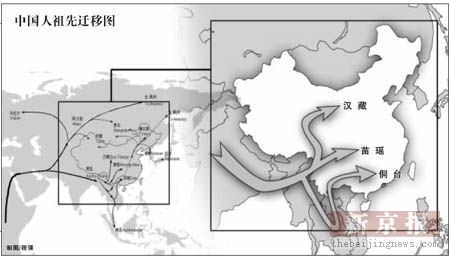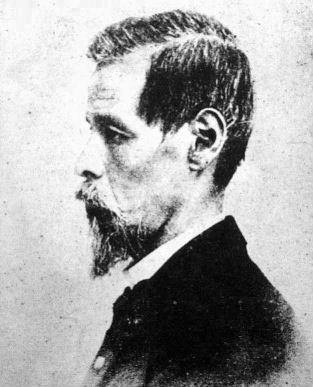
Originally Posted by
Gaki
It's most likely that Japanese are of a Chinese origin.
BUT i think that along the way they have mixed with other groups, creating the Japanese race we have today.
A belief is that during the reign of the first emperor of China Qin Shi HuangDi ~ when he was in his search for the magical herb of immortality, sent thousands of people to the east for the "mushroom islands".
But of course we know these thing doesnt exist, and since they couldnt find and going back to China would only mean death (for not finding it, is an offence to the emperor). So these people who travelled to the east, found the island of Japan and settled there.
LOL ~ just re~read what i wrote and i sound like such a story-teller ^^;
Also you can see with facial looks there are many similarities between the two.







 Reply With Quote
Reply With Quote























 Do you mean that Ainu were actually predecessors of both caucasoid & mongoloid races? That would mean that they were proto-caucasoid/mongoloid.
Do you mean that Ainu were actually predecessors of both caucasoid & mongoloid races? That would mean that they were proto-caucasoid/mongoloid.

Bookmarks